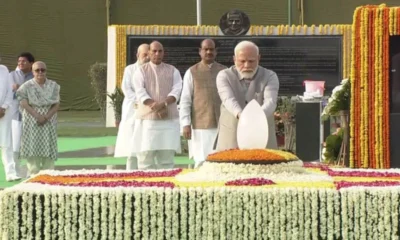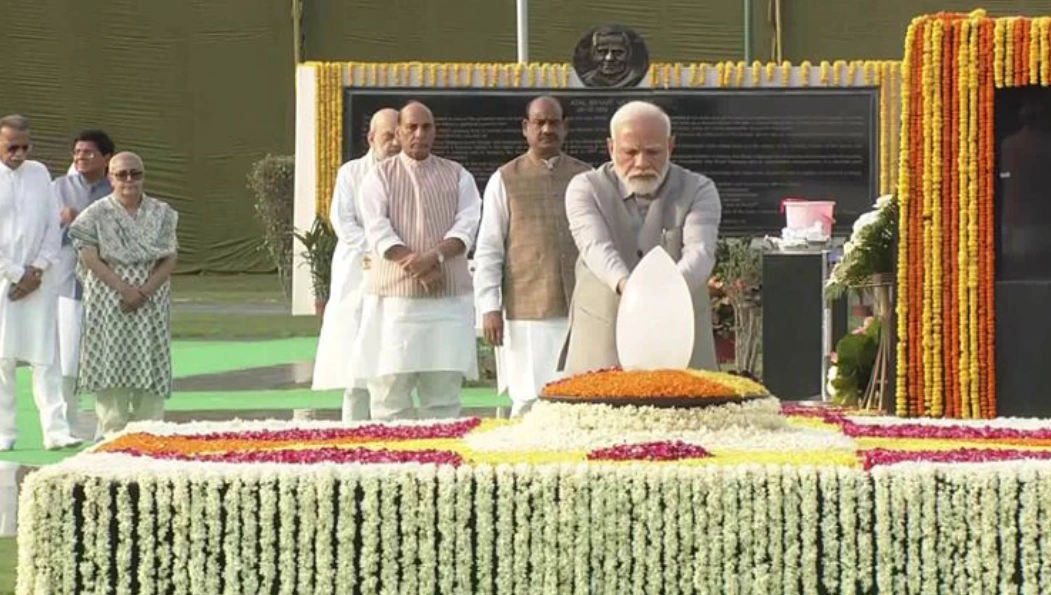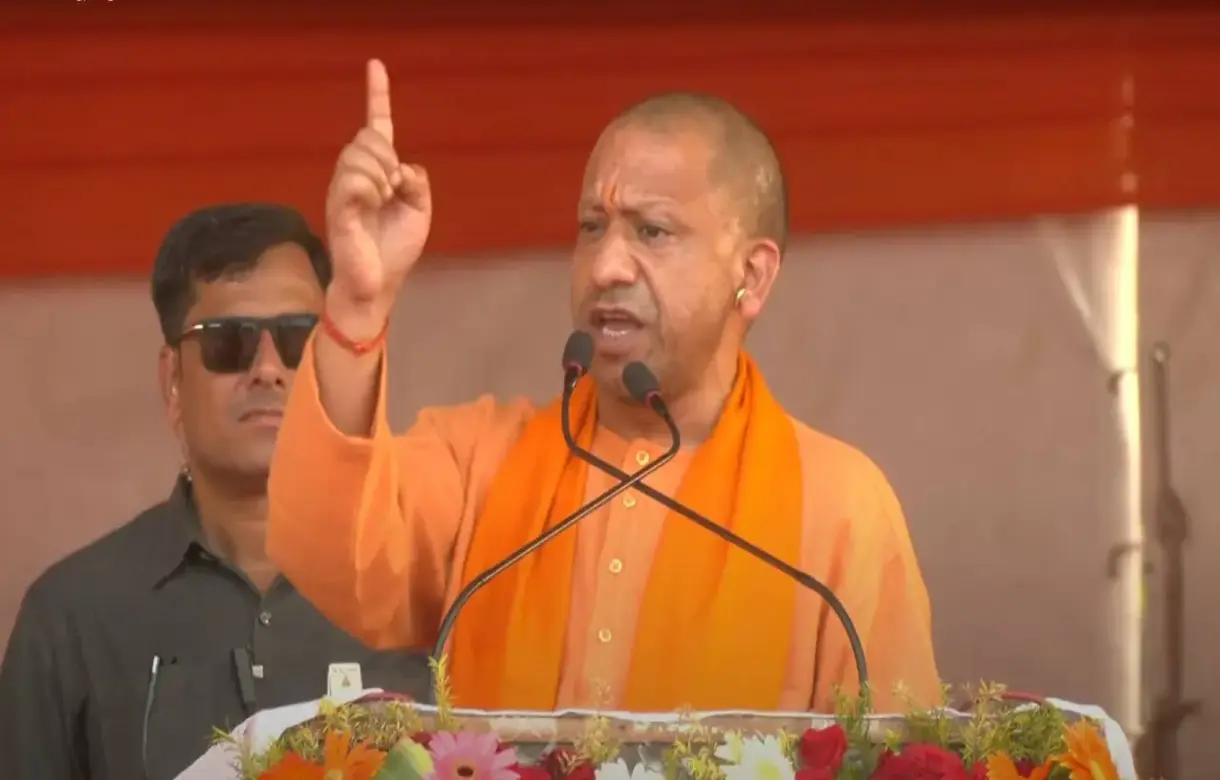Health Education covers an expansive scope of intercessions, from HIV mindfulness and avoidance to cleanliness improvement. While health education can be a very practical mediation, we additionally realize that giving education isn’t equal to guaranteeing that individuals take the fundamental safeguard measures. Notwithstanding, this is a mediation that has seen incredible accomplishment previously, and it is along these lines one we are quick to keep investigating, especially to distinguish the best associations in this field.
The World Health Organization (WHO) has characterized health education as “any mix of learning encounters intended to support people and networks improve their wellbeing, by expanding their insight or impacting their attitudes”.[1]
The most widely recognized center regions, as portrayed beneath, are education about HIV/AIDS, cleanliness advancement and micronutrients.
Three promising models
HIV/AIDS Education
While there is no known solution for HIV, it is a preventable infection for most of individuals, except for the individuals who are constrained into unprotected sex or in instances of unprevented mother-to-youngster transmission. Education gives off an impression of being the best method to diminish the quantity of individuals that will bite the dust from HIV/AIDS, giving direction on avoidance and antiretroviral treatment, which keeps those with HIV alive, yet in addition makes them less inclined to give the infection to other people.
HIV anticipation education may incorporate clarifications for how the infection is spread, advancement of safe sex and exhibition of condom use, and ladies’ strengthening. It can occur in the homeroom or the home, in medical services settings, for example, centers or emergency clinics, or through broad communications, for example, paper ads, boards, TV or radio. HIV instruction can likewise prompt an abatement in the occurrence and transmission of other explicitly sent illnesses, just as of tuberculosis.
Cleanliness Promotion
Cleanliness advancement, which essentially advances hand-washing with cleanser (HWWS), gives off an impression of being the most savvy part of Water, Sanitation, and Hygiene (WASH) programs. HWWS decreases the commonness of diarrheal ailment and there is some proof to recommend that it likewise diminishes Acute Respiratory Infections (ARIs). These two ailment bunches are the most significant reasons for youngster mortality worldwide and ARIs likewise cause huge grown-up mortality.[2]
Micronutrient Education
Micronutrients are substances required distinctly in little sums by the human body yet are basic parts for the creation of compounds, hormones, and different substances fundamental for appropriate development and improvement. The results of their nonattendance are extreme. Iodine, nutrient An, and iron are the most significant micronutrients in worldwide general wellbeing terms; their need presents a significant danger to the wellbeing and advancement of populaces the world over, especially youngsters and pregnant ladies in low-pay countries.[3]
Micronutrient education may incorporate teaching salt makers about iodizing their salt, or instructing national governments about the equivalent.
Cost-viability
HIV/AIDS Education
WHO-CHOICE (Choosing Interventions that are Cost Effective) gives a cost-adequacy gauge for broad communications HIV instruction of $18 per Disability Adjusted Life Year (DALY) in nations in South East Asia with high grown-up and kid mortality and just $3/DALY in nations in sub-Saharan Africa with high grown-up and kid mortality.[4]
In any case, we are uncertain how much certainty to put in these figures as they are dated, going before both the spread of the Internet and cell phones, and there is probably some countervailing evidence.[5]
The Disease Control Priorities Project (DCP2) gauges that HIV peer education for high-hazard bunches explicitly costs $37/DALY, while WHO-CHOICE gauges that peer training and treatment of sex laborers explicitly costs $3-4/DALY.[6]
All in all, as indicated by WHO-CHOICE, it would cost $1,000 to broaden 125 individuals’ lives by two years whenever spent on peer education and treatment of female sex laborers. (Relatively, the equivalent $1,000 could be spent on expanding one HIV-victim’s life for in any event two years through antiretroviral treatment.)
Notwithstanding sparing lives, decreasing the commonness of HIV/AIDS has major financial and social advantages not considered by the DALY numbers, as it keeps people of working age alive and solid and their youngsters thought about and took care of.
Cleanliness Promotion
DCP2 gives cleanliness advancement a cost-viability gauge of $3.35/DALY; nonetheless, this is likely a think little of, given that it just considers the impacts of lessening diarrheal diseases.[7]
Micronutrient Education
For school or network wellbeing and sustenance programs, DCP2 gives gauges going from $20/DALY to $250/DALY.[8]
All the more explicitly, the Copenhagen Consensus positions network based sustenance advancement as more savvy than jungle fever counteraction and treatment or tuberculosis case finding and treatment, yet lower than direct supplementation or fortress of micronutrients.[9]
Actually, some examination recommends that nourishment education is around multiple times less practical than micronutrient supplementation/fortification.[10]
Read Also: The Importance of Education
An absence of space for additionally financing may likewise be an issue with health education, as it is acted in an assortment of ways by governments, volunteers, medical services laborers, advancement associations, and innumerable little and enormous gatherings and people.


 India News11 hours ago
India News11 hours ago
 Latest world news6 hours ago
Latest world news6 hours ago
 India News11 hours ago
India News11 hours ago
 Latest world news3 hours ago
Latest world news3 hours ago
 India News11 hours ago
India News11 hours ago
 India News11 hours ago
India News11 hours ago




